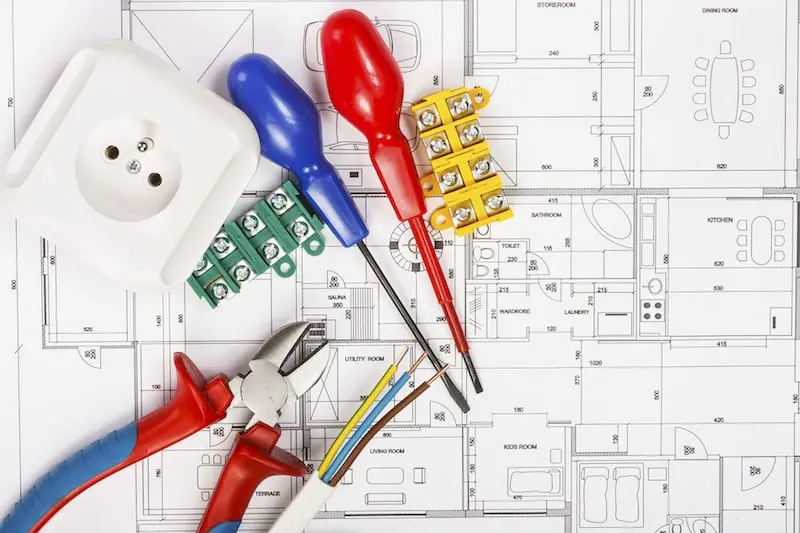The bad new first: there is no magic formula for the perfect pricing strategy – your business is unique, and your pricing strategy will have to be, too. The good news: there are common mistakes you can avoid. Read on and create a pricing plan that actually works. For you, your clients – and your business.
Finding the right pricing strategy
From small business owners to large enterprises, from freelancers to start-ups: Pricing is crucial for your business success. You can have the perfect product, provide an immaculate service: Set your price too low, and you will be broke; set it too high, and you’ll lose your customers. Finding the perfect pricing balance is not easy. What are the production costs? How much are clients willing to pay? What does your competition charge? A rainy day could affect your sales, or other circumstances totally out of your hands. But don’t despair: creating an effective pricing strategy is not entirely luck.
4 Common Pricing Mistakes – And How To Avoid Them
1. Don’t be the cheapest

Don’t aim for cheap - aim for the best! (Photo by stock.adobe.com | Jacob Lund)
The lower the price, the higher the sales. Right? You could not be more wrong: A low price strategy might work for very large businesses, but probably not for you. You might outprice your competition – but will you still make a living? Your sales might go higher – but will they ever be high enough to create the margin you need? To successfully implement a lowest price strategy, you need a lot of money to invest, and a very large client base. If you don’t have any of these two, it could not only damage your reputation, but make you go bankrupt very quickly.
2. Don’t underestimate your costs
No business comes for free: if you sell something, be it a service or a product, it costs you something, too. A very common mistake freelancers and small business owners make is to underestimate these costs.

Calculating your real costs is not easy – smart software can help you with that. (Photo by stock.adobe.com | WavebreakmediaMicro)
There are direct costs: the expenses you have, like the buying price and material costs for your product; these are fairly easy to take into account: say, you pay 500$ for a piece of furniture, buy a bit of color to repaint it for 10$, and you know your direct costs are 510$. Right? Wrong again. Because you forgot the costs for transporting the table, the tools you own, the rent for the workshop, all kinds of insurance you need, marketing costs and, most importantly: the time you spent painting and refurbishing it. Add phone costs, internet connection, the hard- and software you need to run your business, and we slowly come close to the real costs. Sounds too complicated? Don’t worry: there are smart tools and apps to help you keeping track of your expenses in a blink. So you know how much your product really costs you.
3. Don’t undervalue the worth of your time
Did you know that time is a crucial pricing factor? To earn money, most of us actually sell our time; we get reimbursed for how many hours we work. Many freelancers and trade businesses charge by the hour, employees get paid an annual, daily or hourly wage. Even if you’re a strong believer in goal- and product-oriented pricing methods, even if you don’t bill your clients by the hour: Make sure you take your own and your team’s time into account when you calculate your own cost – using a smart time tracker makes that easy for all of you.
4. Don’t abandon your pricing strategy

People are willing to pay a good price for their perfect product… (Photo by stock.adobe.com | Syda Productions)
Once you’ve defined your own costs, you can start thinking about your pricing strategy: do you want to go low – and thus create the image of an affordable provider, or are you offering expensive services, thriving on a high-quality reputation? Your pricing is a defining part of your corporate identity. Choose your strategy wisely – and then stick to it. Don’t confuse clients by suddenly going cheap, when all they want quality and perfection. Trust me: If you’re providing consistent good services, you will notice that people are willing to pay a higher price than you think.
How to Find Your Perfect Price Strategy
Finding the perfect price strategy is hard work. Look at your business data, compare costs and expenses. Shop with your competition. Trust your instincts. Roll a lucky dice. Pray. Do whatever you want. **But never, ever, underestimate the worth of your time. It’s invaluable. **
Track it, save it – and get paid for it.
zistemo





